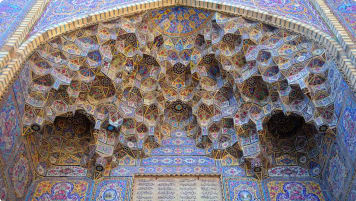Historic Loire Valley
Historic Loire Valley The Loire Valley has been the site of both aristocratic grandeur and thousands of years of territorial conflict. Now a UNESCO World Heritage Site with the 15th century Château de Chenonceau as…
20 Aug 18 · 8 mins read

Historic Loire Valley
The Loire Valley has been the site of both aristocratic grandeur and thousands of years of territorial conflict. Now a UNESCO World Heritage Site with the 15th century Château de Chenonceau as its most famous landmark, the Loire Valley’s beauty endures through its historic towns, architectural monuments, and amazing landscapes.
Odyssey Traveller organises walking tours to the Loire Valley. Let’s look back at the history of this chateaux-studded French countryside.
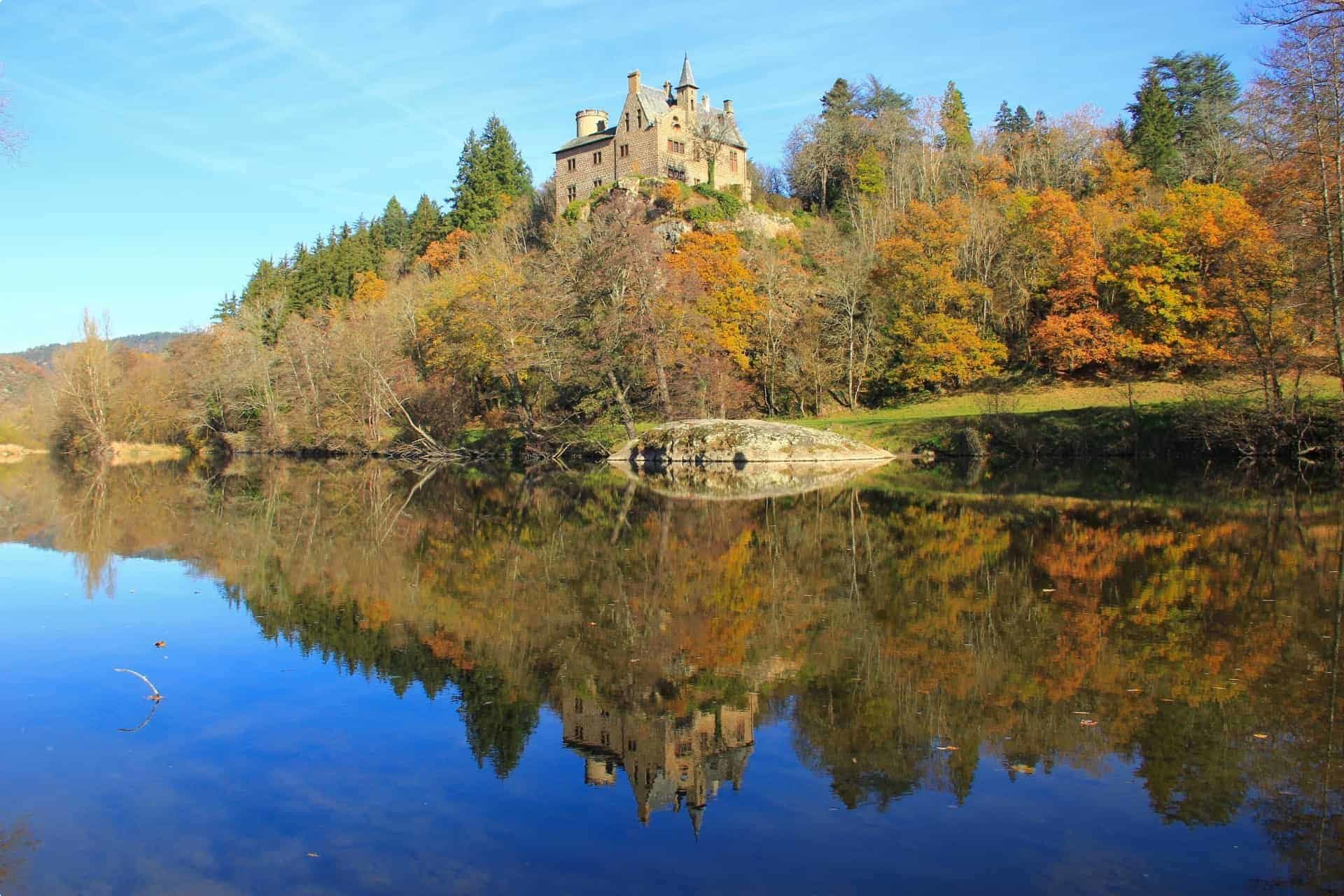
Romans Rule the Valley
The Loire Valley is an important location for trade and transportation as it sits on the banks of the Loire, France’s longest river. The valley has been inhabited by the Cenomani, a Celtic tribe of the Cisalpine Gauls, since the Iron Ages. Their descendants and the Druids unsuccessfully repelled Julius Caesar and his troops marching into the valley, leading to the Romans taking over the region in 52 BC.
The towns of Angers, Le Mans, Orléans, and Tours were formed under the reign of Rome’s first emperor, Augustus. These settlements were modelled after the Roman cities, complete with baths, forums, and theatres. The Romans also began planting vineyards, a practice continued by the monastic orders and which led to the birth of world-class French wine from the region. Christianity was introduced to the area, and by the 4th century, the entire region had converted to the new religion.
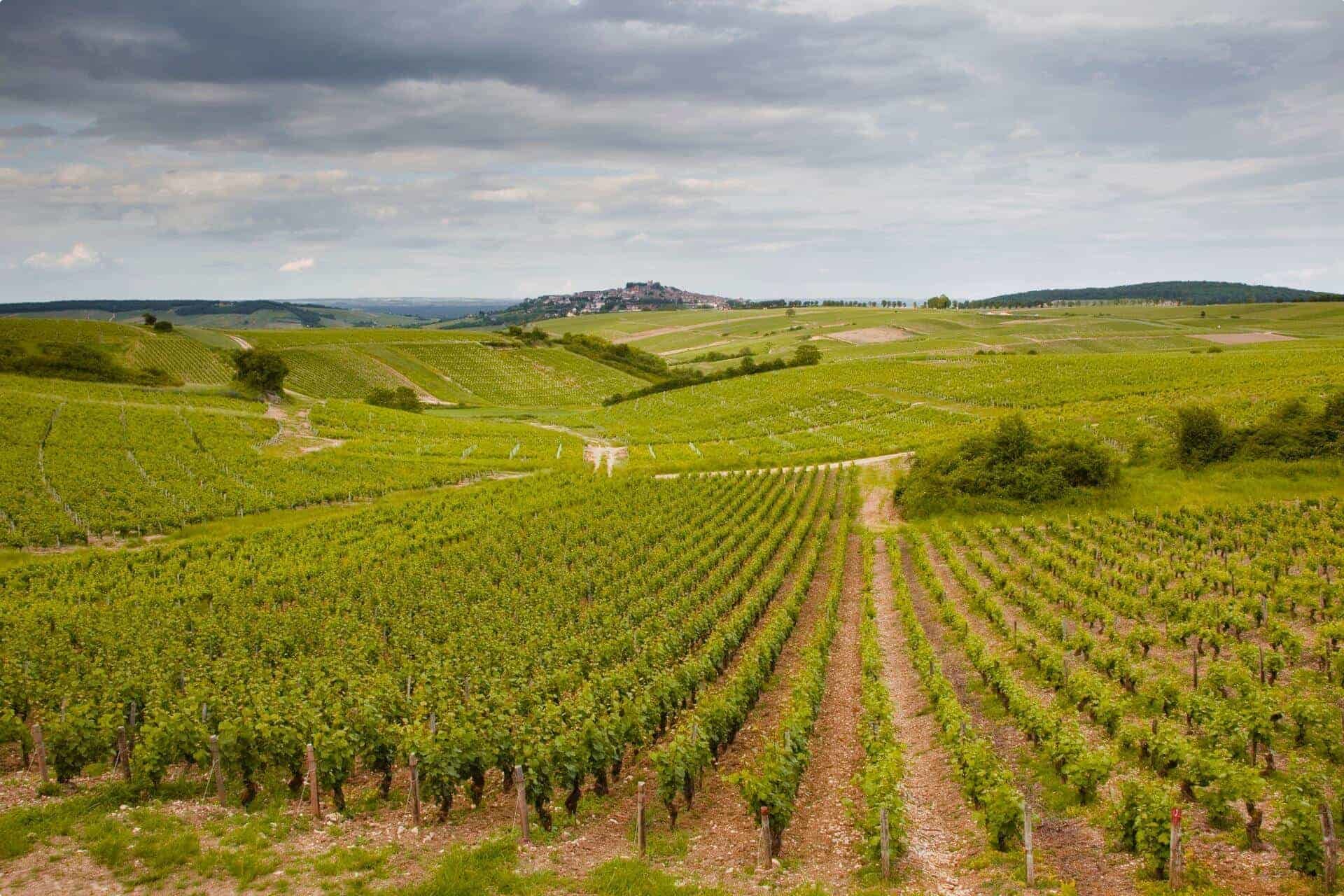
The French Age
Roman armies thwarted the invading troops of Attila the Hun in 451, but they themselves were usurped by Clovis, the pagan King of the Franks who later converted to Christianity. Seen as the founder of France, a derivation of his name, Louis, became the principal name of France’s kings.
As France was still a decentralised state, the power of Loire’s local nobility rivalled the power of the French throne. The church itself has a more cohesive power than the throne, and the Loire nobles often turned to the church instead of the crown to mediate their disputes.
Charlemagne held territory in the valley, and his sons inherited his land upon his death in 814 and established the dukedoms of Anjou and Blois. Henry Platagenet, count of Anjou and duke of Normandy and Aquitane, led the invasion of England and became King Henry II in 1154, worsening the territorial conflict as England claimed ownership not only of the valley, but of the French Crown itself.
Hundred Years’ War
The Hundred Years’ War was a series of conflicts waged from 1337 to 1453 by the House of Plantagenet, rulers of the Kingdom of England, against the French House of Valois. There were two points of conflict: one, the duchy of Guyenne (or Aquitaine) belonged to the kings of England but remained a fiefdom of the French crown, and the English kings wanted exclusive ownership; two, as the closest relatives of the last direct king of the House of Capet (Charles IV, who died in 1328), the kings of England from 1337 claimed the crown of France.
Charles IV had a daughter, but as females were denied succession to the French throne, the House of Capet ended. England’s Edward III, son of Charles IV’s sister Isabella, was Charles’s closest male relative by blood, but the French nobility ruled that Isabella, who herself did not possess the right to inherit, could not transmit this right to her son. Charles IV was succeeded by his cousin Philip who belonged to the House of Valois, which became embroiled in the long war with Edward III and the succeeding English kings.
The Loire region became the unfortunate focus of the Hundred Years’ War when the English besieged Orléans. One of the heroes that emerged from the battle was the young Joan of Arc, whose military campaigns led to the lifting of the siege of Orléans in 1429 and the coronation of the French king Charles VII. In 1431, Joan of Arc was captured by the English-allied Burgundian troops and was burned at the stake, dying at the age of 19.

Joan’s victory was a major turning point in the war: it boosted French morale and led to French troops recapturing territory from the English.
Travellers can visit Maison de Jeanne d’Arc, a 1960s reconstruction of the 15th century house Joan of Arc stayed in during the siege of Orléans. The Maison de Jeanne d’Arc houses exhibits and a research centre dedicated to her life, with a 15-minute film (in French or English) about her origins and impact as centrepiece.
French Renaissance and the Religious Wars
With the Loire Valley firmly back in French hands, Francois I, his successors, and other French nobility began to build magnificent chateaux in the valley. Francois I resided in the Château de Chambord, now a major tourist attraction.
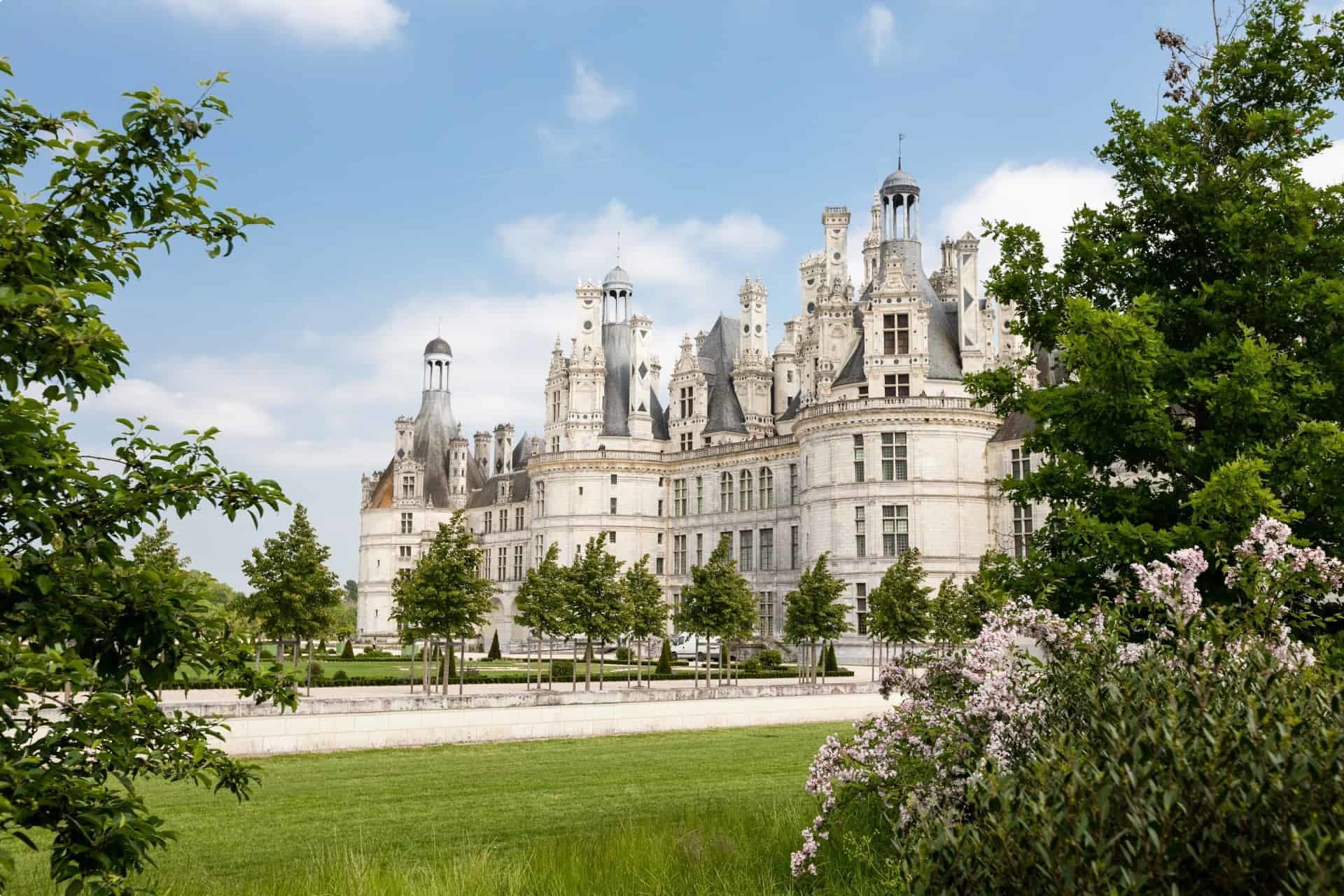
The 15th century also saw the beginning of the French Renaissance, as France invaded Italy and came into contact with the region’s art and architecture. In 1516, Francois I invited the great Italian painter and inventor Leonardo da Vinci to the Loire Valley, providing him with the Château du Clos Lucé, then called Château de Cloux. Da Vinci arrived at the valley with his paintings, including the timeless Mona Lisa, which now hangs in the Louvre.
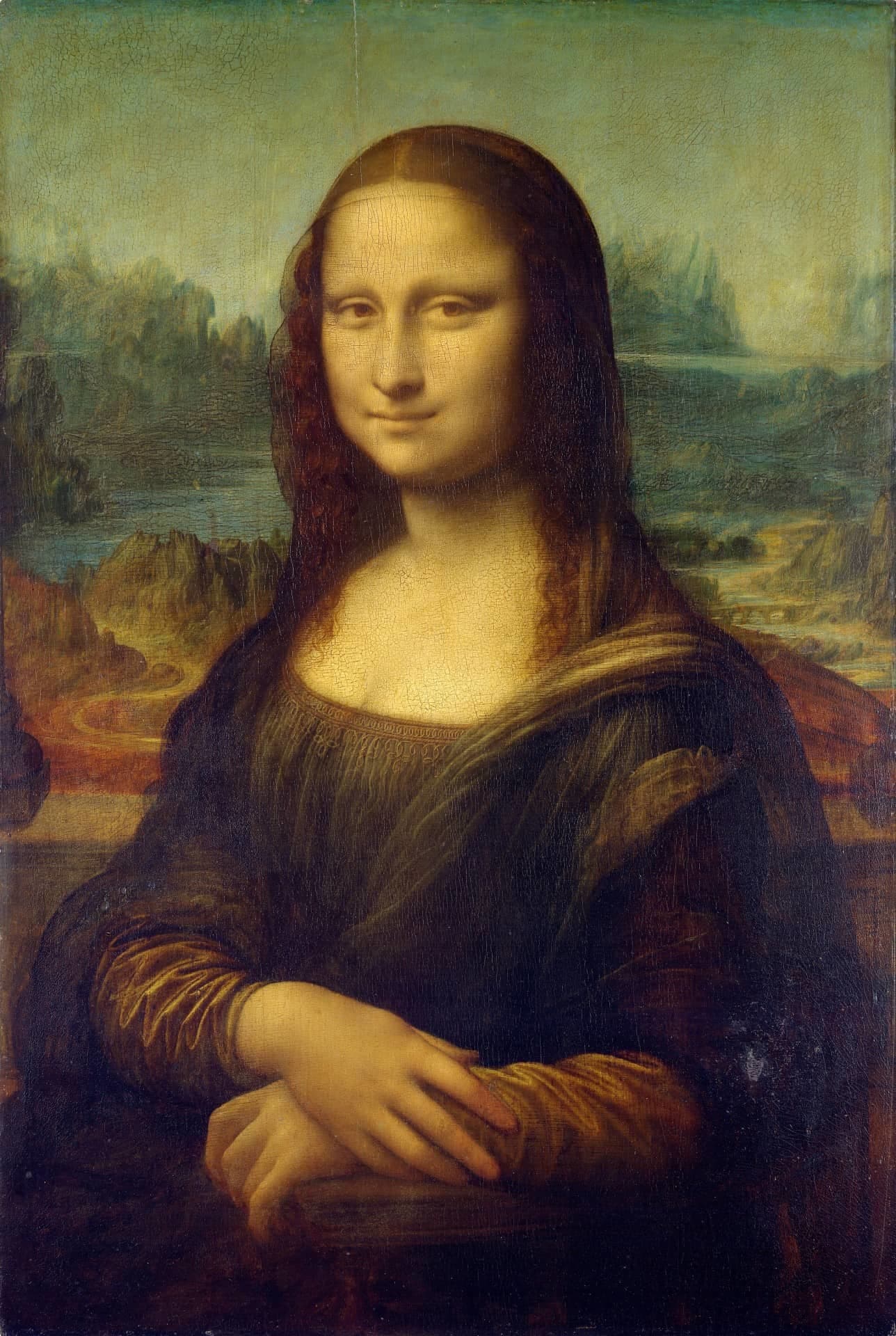
The beauty and developments brought by the French Renaissance came hand-in-hand with the violent religious wars between the Protestants and Catholics. In the 16th century, more and more French people converted to Protestantism and joined the Reformed Church of France. Members of the church were called Huguenots and were at first treated with tolerance. It didn’t take long for this tolerance to turn to hostility. In 1572, thousands of Huguenots were murdered in Paris by Catholics in what became known as St. Bartholomew’s Day massacre.
A peace compromise was reached in 1576, but this ended in 1584 when Huguenot leader Henry of Navarre became heir to the French throne. This led to the War of the Three Henrys: the Protestant Henry of Navarre, the moderate King Henry III, and the ultra-Roman Catholic Henri I, Duke of Guise.
The war ended when Henry III acknowledged Henry of Navarre as his heir upon his death. Catholic forces, backed by Spain, continued to oppose Henry of Navarre’s ascension, until he converted to Roman Catholicism. Crowned Henry IV, France’s Huguenot-turned-Catholic king promulgated the Edict of Nantes in 1598, which guaranteed religious liberties to Protestants and effectively ended the religious wars.
17th Century and Modern-Day Loire Valley
Loire’s economy accelerated during the 17th century with a growth in agriculture and textile production. But the weakened French monarchy shifted its political focus from Loire to Paris, leading to the decline of the region. In 1789, the French Revolution overthrew the monarchy, ended feudalism, and established a republic.
War entered the Loire region once again in the 20th Century, when the region became occupied by the Germans in 1940. The region did not become prosperous until after World War II. Many of the chateaux were destroyed during the Reign of Terror and much of the region was bombed during the world war, but restoration in the 1960s and the public opening of the chateaux led to the growth of the Loire region’s tourism industry.
Travellers can now go on escorted tours of the 300 chateaux, 22 of which are in the Grands Sites du Val de Loire (Major Sites of the Loire Valley) collective. The Loire Valley, between Sully-sur-Loire and Chalonnes, was listed by UNESCO as a World Heritage Site in 2000.
Odyssey Traveller’s Loire Valley walking tour includes a tour of the famous Château de Chenonceau, also known as Château des Dames (Castle of the Ladies), as the castle was overseen by powerful women throughout its history.

This charming castle is located literally on the River Cher as it was constructed over a bridge. Thomas Bohier, Chamberlain to the king of France (Charles VIII), purchased the property in 1512 and built a Renaissance-style castle on the property. The work was overseen by his wife Katherine Briçonnet. In 1535, the property was seized by the Crown due to unpaid debts, and in 1547 was offered by Henry II, then married to Catherine de Medici, as a gift to his mistress, Diane de Poitiers. After Henry’s death, Catherine forced Diane out to make Château de Chenonceau her residence.
After Catherine’s death, ownership of the castle passed to other families. In the 18th century, under the ownership of the Dupin family, it became a venue for artists and intellectuals to gather and talk, hosting the likes of Voltaire, Rousseau, Montesquieu and Buffon. The castle was purchased by the Menier family in 1913, who owns it to this day. In the 20th Century, it was used as a hospital in World War I and served as an escape route in World War II as it sits on the border between Nazi-occupied territory north of the River Cher and the free territories in the south. Travellers can now visit the chateau and roam its gardens.

Other places of interest included in the tour are the Château d’Ussé, originally a stronghold from the Middle Ages transformed to an elegant residential palace, and the 17th Century Chateau Gaudrelle where travellers can view the chateau’s vast vineyards and sample their fine Vouvrays wine.
If you’d like to learn more about the history of the Loire Valley and see firsthand the merging of medieval architecture with modern developments in the region, sign up for Odyssey Traveller’s 18-day walking tour of the Loire Valley, especially designed for the active senior. The tour is designed so that participants can do all of the proposed walks to visit iconic landmarks or opt out on days when they’d rather stay in or explore places near their accommodation. We hope to see you there!
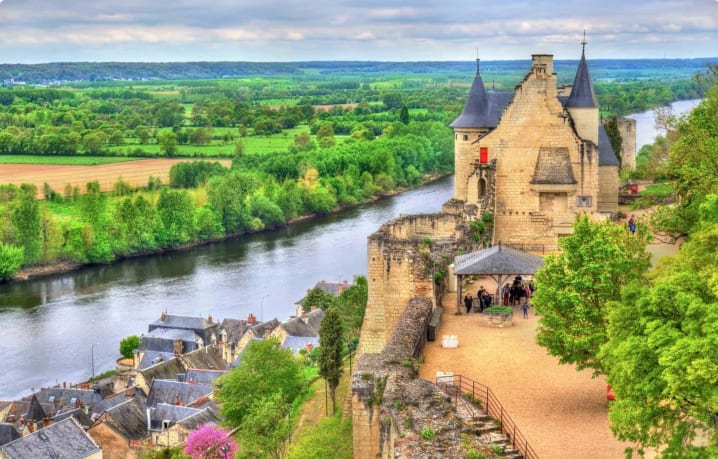
About Odyssey Traveller
We specialise in educational small group tours for seniors, typically groups between six to 12 people from Australia, New Zealand, USA, Canada and Britain. Our maximum number of people on a tour is 18 mature aged travellers. Typically, our clients begin travelling with us from their mid 50’s onward. But be prepared to meet fellow travellers in their 80s and beyond! Both couples and solo travellers are very welcome on our tours. We have some 150 tours and offer 300 scheduled departures on offer each year. Odyssey has been offering this style of adventure and educational programs since 1983.
Odyssey Traveller is committed to charitable activities that support the environment and cultural development of Australian and New Zealand communities.
Odyssey Traveller scholarship for Australia & New Zealand University students.
We are also pleased to announce that since 2012, Odyssey has been awarding $10,000 Equity & Merit Cash Scholarships each year. We award scholarships on the basis of academic performance and demonstrated financial need. We award at least one scholarship per year. We’re supported through our educational travel programs, and your participation helps Odyssey achieve its goals. Students can apply for the scholarship by clicking on this link to find out more details.
Join our loyalty program when you join an international small group tour.
Every International small group tour taken typically contributes to your membership level in our Loyalty Program for regular travellers. Membership of the alumni starts when you choose to take your first international small group tour with Odyssey Traveller, discounts in tour pricing for direct bookings accrue from your third tour with Odyssey Traveller. To see the discounts and benefits of being a Bronze, Silver, Gold, and Diamond alumni member with us, please see this page.
For more information on Odyssey Traveller and our educational small group tours, visit and explore our website, and remember to visit these pages in particular:
- Terms and conditions applicable for booking an Odyssey Traveller tour.
- FAQ’s about Odyssey Traveller
Alternatively, please call or send an email.
Related Tours

24 days
Sep, AprLa Belle France small group escorted history tours for seniors
Visiting France
Travelling with like minded people on this small group we visit several culturally significant and picturesque regions of France, including Provence, Champagne, Burgundy, and Bordeaux regions, where we sample wine and learn more about the tradition of wine-making. We also visit the Loire Valley to see its many castles. Finally, we travel to Bayeux, from where we we visit Mont St Michel and spend time up on the Normandy landing beaches with local guides.
From A$19,965 AUD
View Tour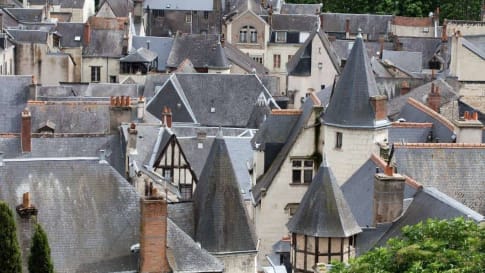
18 days
Jun, SepLoire Valley Walking Tours | Small Group Tours of France
Visiting France
The Loire Valley is the largest of all the UNESCO World Heritage sites. This small group walking tour daily itineraries cross a multitude of historic towns and villages providing authentic experiences for couples and single travellers to enjoy. A small single supplement applies to solo travelers.
From A$13,365 AUD
View Tour
22 days
Aug, May, Apr, SepNormandy and Brittany escorted history tours for small mature grups
Visiting France
This small group tour for couples and solo travellers is centred on the North West corner of France: Normandy, where the peaceful landscape belies a turbulent past; Brittany, where a strongly separate Celtic culture is still evident; Poitou, famous for its rich farmlands and historic ports; and the Loire Valley, replete with royal châteaux.
From A$15,895 AUD
View Tour